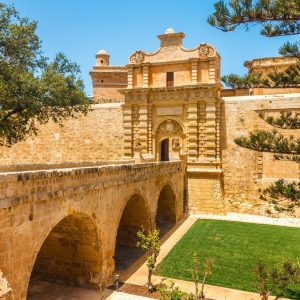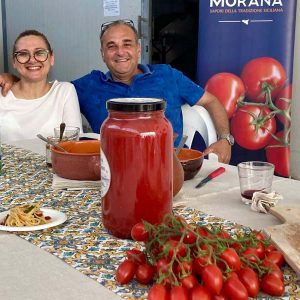Home of the Royal Flying Corps
My background in aviation took me to Stow Maries Great War Aerodrome in Essex. I found it eventually at a very rural location to the north of Southend. Stow Maries is the only remaining WW1 aerodrome that was operational during the Great War and a very early home of the Royal Flying Corps. I believe it to be the only active aerodrome with this background in Europe and probably in the world. It was established in 1916 as part of a string of locations to protect London from the raiding German Zeppelins and early enormous Gotha bombers. It still serves as an active flying site and was a genuine reminder of times from over 100 years ago. My visit was a strange and eerie experience. I shall return there again before too long.
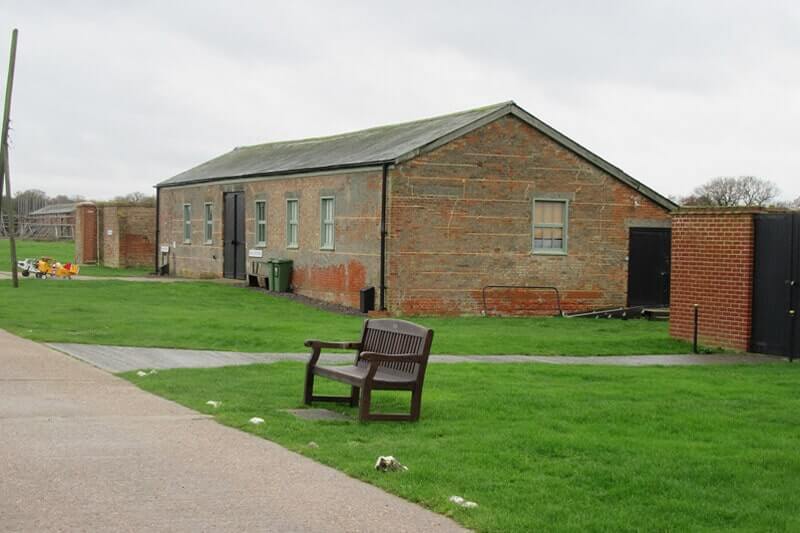 Stow Maries Great War Aerodrome is still amongst us and still active. It is supported by the most dedicated and supportive collection of volunteers who are always there to provide so much information and help. They raise the money to gradually restore the original buildings to provide the unique atmosphere that existed a century ago. The scattering of structures were used for very routine tasks and ordinary purposes and a number of them now have acquired Grade 2 listing.
Stow Maries Great War Aerodrome is still amongst us and still active. It is supported by the most dedicated and supportive collection of volunteers who are always there to provide so much information and help. They raise the money to gradually restore the original buildings to provide the unique atmosphere that existed a century ago. The scattering of structures were used for very routine tasks and ordinary purposes and a number of them now have acquired Grade 2 listing.
Early original transport sheds still resting at Stow Maries now serve a dual purpose as a Great War military aerodrome vehicle museum and share now with the most modern agricultural plant. The surrounding land was taken from the Turner family during WW1 but has returned to agricultural use these days of course. The original buildings and aerodrome ground are still subject to preservation orders however. They now serve as a well maintained and rather stunning museum in a totally authentic form presenting the very earliest days of the war years.
The evolution of wartime aviation seems to have occurred in Essex. The earliest military aircraft were sent to Stow to investigate and explore their characteristics. The flying machines were awash with vices and dangers and flown by very young pilots that had received only the briefest and most rapid of flying training. The aircraft were very fragile and so difficult to control especially in action. The pilots were acquiring their new art whilst being subjected to the most furious of military vengeance. 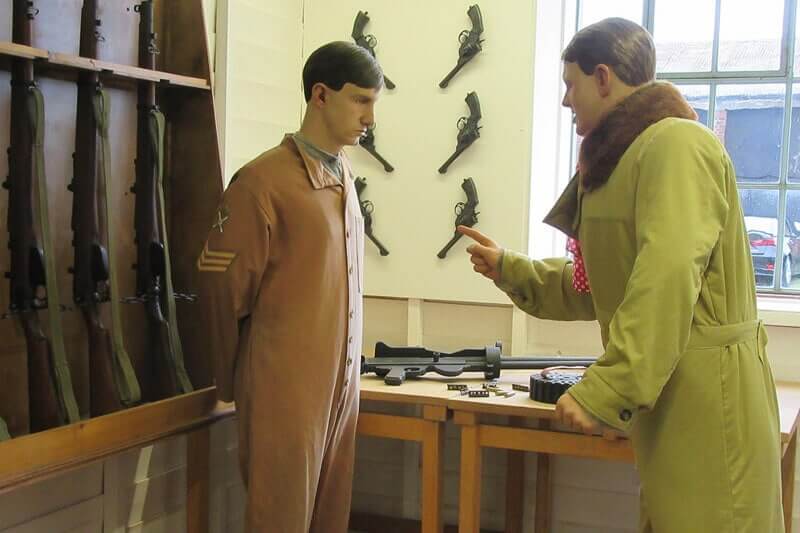 Most pilots and aircraft were destroyed in flying accidents though, rather than action as the aeronautical culture was being learnt. The quality of aircraft design, construction and handling style was developing as a result of war action. WW1 was, of course, the mother of invention. The survivors were ultimately posted to the Western Front in France where they had to tolerate a further very brief period of life expectancy. Stow Maries Great War Aerodrome in Essex was one of a number of establishments during the Great War where aviation began to grow. I was fascinated by it.
Most pilots and aircraft were destroyed in flying accidents though, rather than action as the aeronautical culture was being learnt. The quality of aircraft design, construction and handling style was developing as a result of war action. WW1 was, of course, the mother of invention. The survivors were ultimately posted to the Western Front in France where they had to tolerate a further very brief period of life expectancy. Stow Maries Great War Aerodrome in Essex was one of a number of establishments during the Great War where aviation began to grow. I was fascinated by it.
Number 37 squadron was based at Stow. The commanding officer at the time was very young by today’s standards at age 18. He had quickly become an experienced military pilot and was committed, determined and ruled by his sense of duty. His name was Claude Alward Ridley and loved his time in Essex. There were ten pilots and crew members at Stow Maries who all died in flying accidents. There is a sophisticated memorial to them all on a special plinth amongst the grounds. Strangely, Ridley died of natural causes as late as 1942 after the RAF had been formed in 1918.
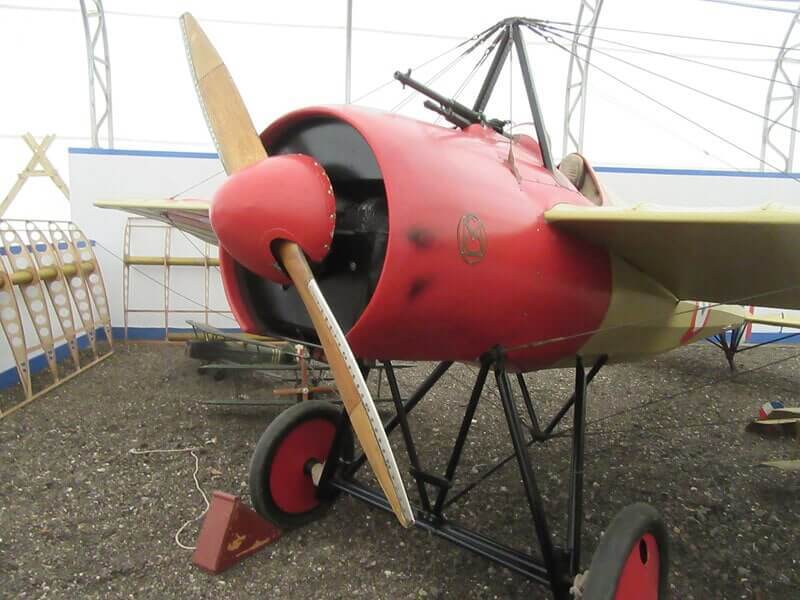 Visitors can view the old buildings on the aerodrome. They are all exactly as they were in 1916 and their original purpose is sustained. The sense of the atmosphere inside seems to preserve the RFC culture for posterity. It was like going back in time, and I was mesmerized. The buildings display modern day titles as to their original use and are being restored as funds gradually become available. There are the Officers and airman’s messes, women’s mess and accommodation and the aircraft repair hangars. They are all becoming restored and gradually acquiring their Grade 2 listed status.
Visitors can view the old buildings on the aerodrome. They are all exactly as they were in 1916 and their original purpose is sustained. The sense of the atmosphere inside seems to preserve the RFC culture for posterity. It was like going back in time, and I was mesmerized. The buildings display modern day titles as to their original use and are being restored as funds gradually become available. There are the Officers and airman’s messes, women’s mess and accommodation and the aircraft repair hangars. They are all becoming restored and gradually acquiring their Grade 2 listed status.
Presently the original airman’s mess is used as the aerodrome café for the usual tea, coffee, buns and sandwiches etc. It is today just as it always was. The café was also recently hired as a venue for a very special Mother’s Day tea gathering. Surely no finer a location for such an event. The buildings can always be rented for such varied social events to create income to support the upkeep of Stow Maries Aerodrome.
Visitors arriving will pass through a museum as they enter. This is a brilliantly presented display taking everyone back to the Great War days as aviation and the developing engineering was evolving. There was so much to hold the attention in so many different ways. Concentrate on the figures and photographs and take yourselves back in time.
Car parking is easily available on arrival. Prices are low. I had to pay three pounds fifty for my entry ticket, car park included. The substantial, detailed and shiny description brochure was a mere seven quid.
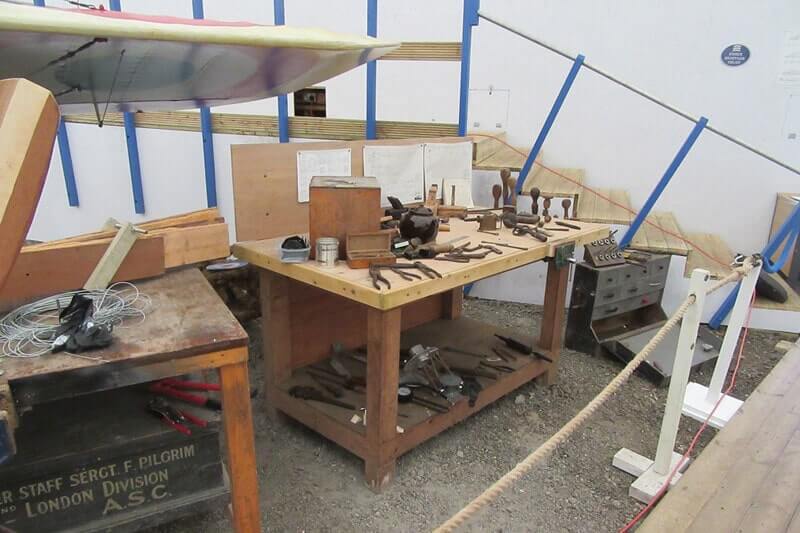 There is of course a separate ‘pilot museum’ on the aerodrome. It contains a few modern day general aviation light aircraft that fly from Stow Maries fairly regularly from the original and preserved grass aerodrome from 1916. The pilot museum also contains a number of home constructed replica aircraft from WW1 days. These are very interesting to view but are not airworthy. There is also a replica SE5A, a two-thirds scale aircraft that is operated by its owner now and again. He built it in his garden at home I think. I thought it was just a very large model aircraft but carries its human pilot and apparently flies very well. He just straps it on! General aviation activity is a regular feature from Stow aerodrome and air displays often take place in partnership with the Imperial War Museum at Duxford that is not so far away. There are no surviving genuine aircraft from the Great War at Stow. They have become so rare, but a few can be observed at Cambridgeshire’s Duxford.
There is of course a separate ‘pilot museum’ on the aerodrome. It contains a few modern day general aviation light aircraft that fly from Stow Maries fairly regularly from the original and preserved grass aerodrome from 1916. The pilot museum also contains a number of home constructed replica aircraft from WW1 days. These are very interesting to view but are not airworthy. There is also a replica SE5A, a two-thirds scale aircraft that is operated by its owner now and again. He built it in his garden at home I think. I thought it was just a very large model aircraft but carries its human pilot and apparently flies very well. He just straps it on! General aviation activity is a regular feature from Stow aerodrome and air displays often take place in partnership with the Imperial War Museum at Duxford that is not so far away. There are no surviving genuine aircraft from the Great War at Stow. They have become so rare, but a few can be observed at Cambridgeshire’s Duxford.
I met a number of volunteers on the day that I visited. They were all so warm and helpful and all so eager to present the museum. They seemed so passionate about all that was on display. Furthermore, they have earned a Queen’s award for Voluntary Service. They made my visit such a pleasurable experience. Viewing of the aircraft in the pilot’s museum requires an escort by a volunteer however.
Buy a copy of the brochure from the shop as you arrive. Go to the last chapter in it and study the spectacular wildlife photographs. Many birds and creatures have made their homes around Stow Maries. The aerodrome has become a stunning nature reserve as well. Visitors will have much to see and admire.

